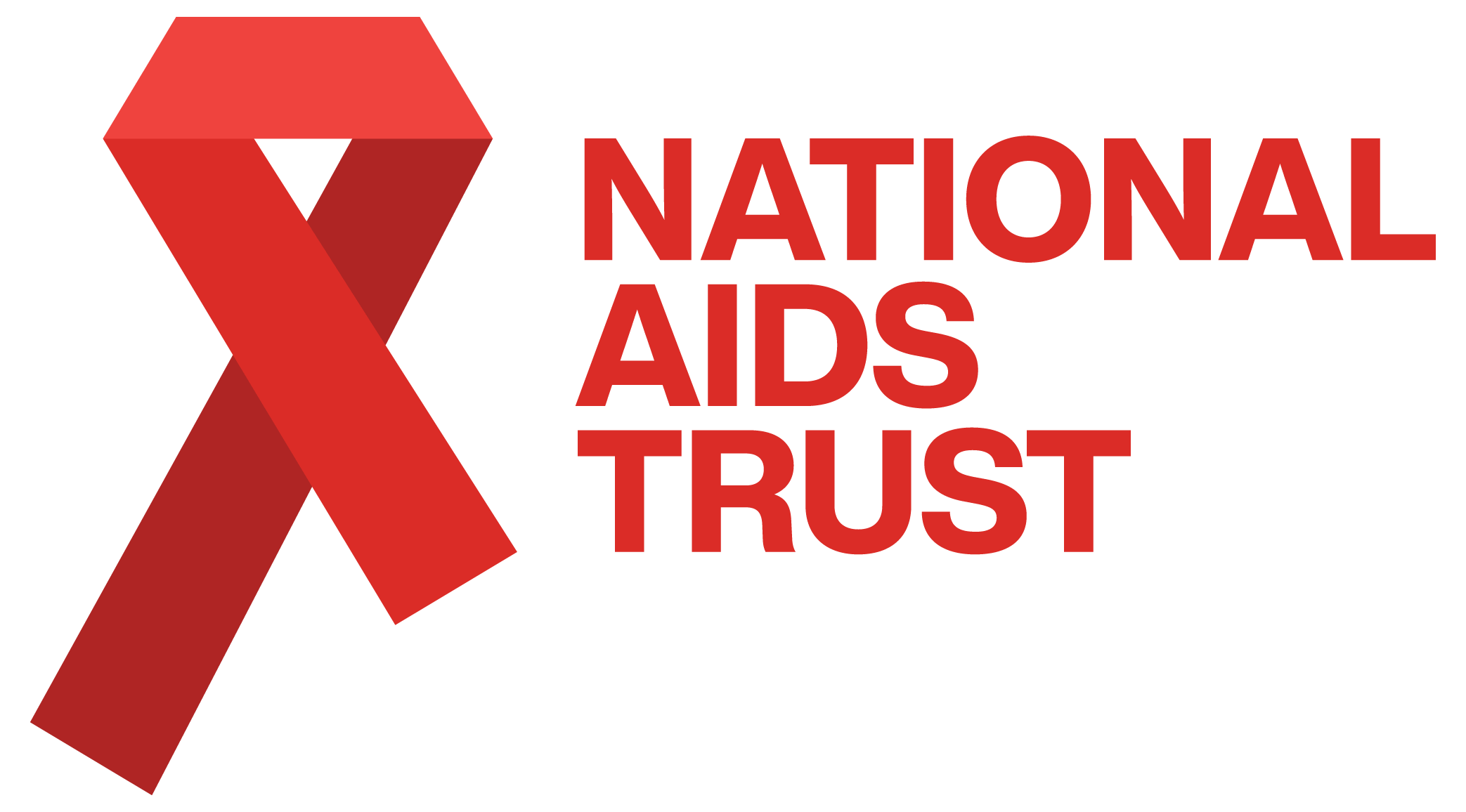A revolution in HIV prevention? – NAT launches report on HIV 'treatment as prevention'
Following an expert seminar in November 2010, NAT has launched a report on HIV ‘treatment as prevention’ and what this means for the future of HIV prevention strategies and safer sex advice in the UK.
There has been a growing awareness that HIV treatment (antiretroviral therapy) brings benefits for preventing HIV transmission. HIV treatment works by reducing the level of HIV in the body (the viral load) to such an extent that a person’s infectiousness is almost zero (clinically referred to as ‘undetectable’) and therefore the risk of transmitting HIV to another person is dramatically lowered. The report, ‘HIV treatment as prevention - Towards a Consensus on the Impact of ART on HIV Prevention Strategies’ draws on the experience of a range of experts currently involved in HIV research, treatment, prevention, care and support in the UK, and a number of HIV positive people, all who attended the NAT expert seminar at the end of last year.
This report is particularly timely as last month the exciting news was announced of the first global clinical trial into the preventive benefits of HIV treatment. The study was closed early because the results were so conclusive - a 96% reduction in risk of HIV transmission when the HIV positive partner received treatment and responded effectively.
The need for new HIV prevention techniques
New HIV diagnoses of people infected in the UK remain high and are more than double what they were ten years ago. It is therefore clear that simply repeating ‘just use a condom' is not enough to address the HIV epidemic. The report addresses the international consensus that in order for HIV prevention to be most effective we must use every preventive tool at our disposal. This means applying a ‘combination’ approach which brings together people’s behaviour, response to treatment and the support and care available.
The impact on safer sex advice
HIV treatment as prevention does not entirely eliminate risk of transmission, but neither does using a condom. The report discusses how the significant preventive benefits of HIV treatment raises important questions as to how we should advise people on their options for safer sex. It is particularly relevant for couples with differing HIV statuses (sero-discordant) who may be looking for long-term safer sex options or have a desire to conceive naturally.
However, the report notes that despite the equivalence of protection offered by effective HIV treatment and condoms, in the real world they raise very different practical challenges. A condom is visible and its use is not only mutual but if it fails this is usually evident. By contrast, the level of HIV in a person’s body is invisible, has been measured at some point in the past and that information has been given to only one of the sexual partners. Very different issues of trust are involved, especially as co-infection with an STI may result in an increased transmission risk.
Treatment as prevention as a public health benefit
The report goes on to look at how HIV treatment and its preventive potential could have public health benefits for the population as a whole. On a population level, the effectiveness of HIV treatment as prevention would heavily depend on wider issues such as uptake and frequency of testing, early diagnosis and the effect of early treatment and adherence.
Deborah Jack, Chief Executive of NAT (National AIDS Trust), comments:
‘HIV treatment as prevention is an exciting and potentially revolutionary area of research and NAT is delighted to lead the UK debate with this report following our expert seminar. The findings in this report – confirmed by the conclusive results of the recent global study – send a clear message that we must be prepared to respond to the significant potential of treatment as prevention and open our minds to a new chapter in HIV prevention.
‘Simply relying on ‘just use a condom’ – important as this message is – is not good enough and should not be regarded as the only choice available for people looking at their safer sex options. We must also learn to communicate more effectively the issues of risk and risk reduction in order to better support people living with – and at risk of – HIV so they can make healthy and safer choices for their individual circumstances.
‘Of course there is more work to be done to fully understanding how HIV treatment as prevention may be used as a wider prevention method, but a UK response cannot wait for definitive answers to every possible question. NAT is calling for the development of a UK consensus on the evidence base as it currently stands, and for agreement on how this knowledge will inform our HIV prevention interventions at individual and population levels.’
- Ends -
Notes to the editor:
You can download the full report ‘HIV treatment as prevention - Report of the NAT expert seminar, Towards a UK Consensus on the Impact of ART on HIV Prevention Strategies’ here.
For further information please contact:
Charli Scouller
Communications Manager
NAT
020 7814 6733
press@nat.org.uk
NAT
NAT (National AIDS Trust) is the UK’s leading charity dedicated to transforming society’s response to HIV. We provide fresh thinking, expert advice and practical resources. We campaign for change.
Shaping attitudes. Challenging injustice. Changing lives.
www.nat.org.uk

